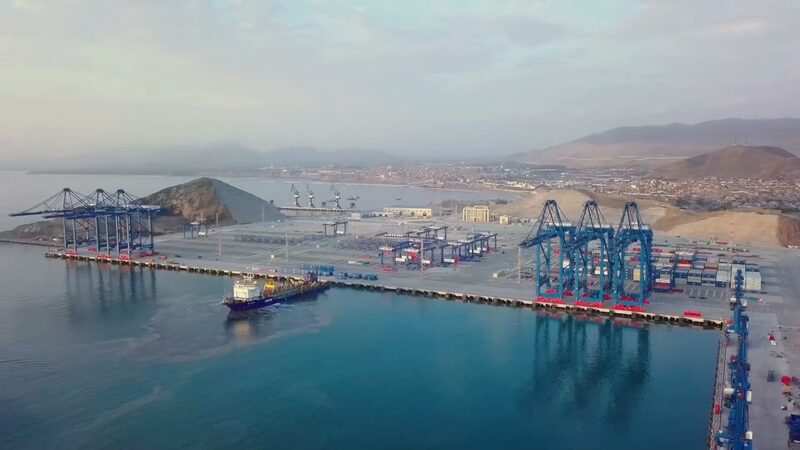Revolutionizing Regional Trade and Connectivity
Stretching over mountains and rivers, China's monumental Pinglu Canal is poised to reshape Asia's economic landscape. The newly completed waterway directly connects landlocked southwestern regions to the Beibu Gulf in the South China Sea, offering businesses a faster route to maritime trade lanes. Analysts predict the canal will slash transportation costs by up to 40% for industries along its path.
ASEAN Integration Accelerates
For ASEAN member states, the canal creates unprecedented opportunities. “This isn’t just infrastructure—it’s a bridge between markets,” said Chen Wei, a Singapore-based logistics analyst. Reduced shipping times could boost agricultural exports from Vietnam and Thailand while enabling smoother industrial supply chain coordination across the Greater Mekong Subregion.
Local Economies Ride the Current
Communities near the canal report surging investment interest, particularly in renewable energy and smart port technologies. Guangxi-based manufacturer Li Jiajun highlighted how the project has already created 12,000 local jobs: “What took weeks now takes days. We’re seeing orders from Malaysia and Indonesia we never dreamed possible.”
Environmental Innovations Take Center Stage
The canal incorporates 17 eco-friendly pumping stations and wildlife migration corridors, setting new standards for sustainable infrastructure in Asia. While challenges remain, project leads emphasize their commitment to balancing economic growth with ecological protection.
Reference(s):
cgtn.com








